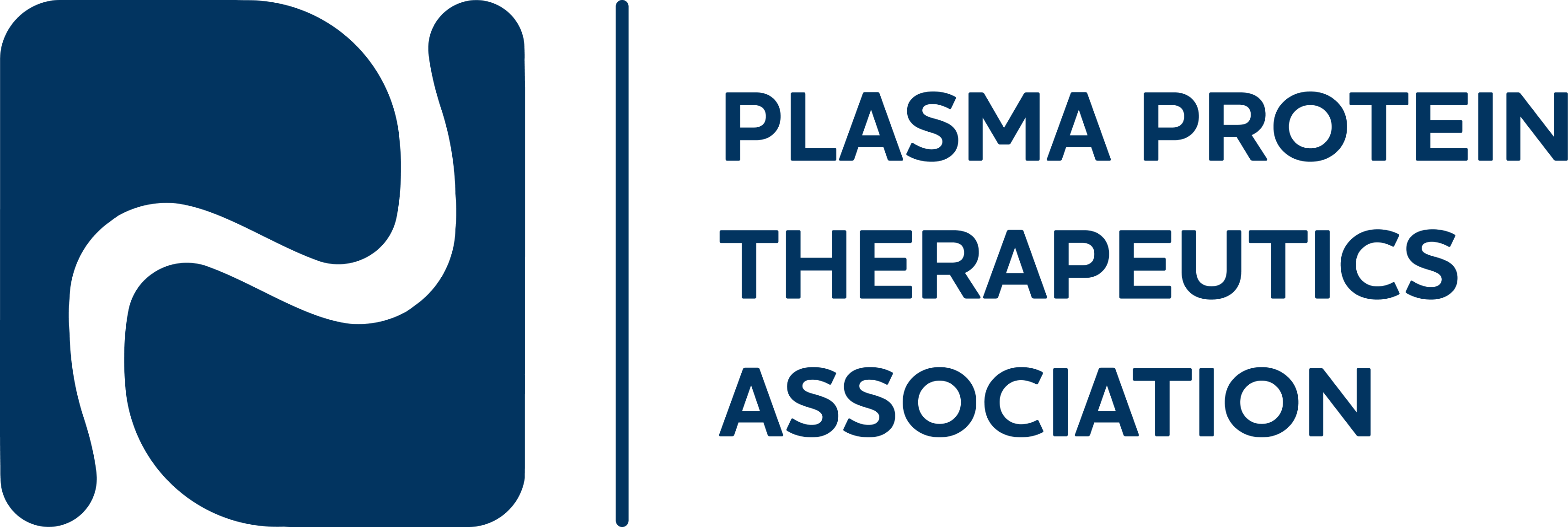Now is the time
TO develop an ambitious SOho regulation
To improve patient access to life-saving, plasma-derived medicinal products (PDMPs), with the health and safety of patients and plasma donors at its heart.
Legislation can help address challenges posed by the EU’s reliance on THE US for almost 40% OF ITS plasma NEED.
Click here for Czech (Čeština) ![]() Deutsch
Deutsch ![]() Español
Español ![]() Français
Français ![]() Greek (Ελληνικά)
Greek (Ελληνικά) ![]() Polski
Polski ![]()
Summary:
The safety of plasma donors is paramount for PPTA
PPTA supports measures and standards that help ensure donor safety which are based on scientific evidence. For example PPTA members implement voluntary industry standards for assessing Donor Adverse Events, which provide common definitions to assess and monitor adverse occurrences in plasma collection facilities. Therefore we welcome the proposal requiring SoHO entities to collect donor recruitment and collection data in a centralized EU SoHO Platform.
However, PPTA is concerned that the Regulation states that “donations of plasma imply a significant risk”. This statement has no scientific basis. A recent PPTA study of more than 12 million plasma donations has shown that adverse events related to plasma donations are very rare (around 16 events per 10,000 donations), and 90% are mild in nature. These results are confirmed by many other scientific studies. Overall, the adverse events rate in plasma donors is comparable to that of whole blood donors.
Differentiation between plasma and blood
PPTA welcomes the differentiation of plasma from blood components for transfusion, including with new definitions. Recognising these differences lays the foundation for policies to support increased availability of plasma in Europe, such as different donor deferral criteria for plasma donors, as highlighted in the text.
The “fixed-rate allowance” concept with regard to donor compensation
PPTA welcomes the clarification that a “fixed-rate allowance” is compatible with the principle of “Voluntary Unpaid Donation”. PPTA, however, believes keeping in the SoHo Regulation the wording of the EU Tissues and Cells Directive, which clarifies that “donors may receive compensation, making good the expenses and inconveniences related to the donation” as the difference in inconvenience experienced between different SoHO donations can be significant.
Proactive national plans can help to avoid emergency situations related to SoHO supply
The Commission study supporting the impact assessment highlights that monitoring the availability of PDMPs alone will not solve the EU’s reliance on US plasma. The Regulation should make Member States aware of the importance of developing proactive plans, in addition to emergency plans to support the collection of critical SoHo such as plasma. For example, the Commission recognises that plasmapheresis is the most efficient method to collect plasma, but currently not all EU Member States have dedicated plasmapheresis programmes in place.
Need for clear collaborative dialogue between industry experts and technical expert bodies.
The new SoHO Coordination Board and the enhanced role of ECDC and EDQM require a collaborative and open dialogue with industry experts. We look forward to sharing our expertise with these bodies in full transparency to ensure that provisions for plasma take into account the substantial differences, compared with transfusable components, including in the areas of donor deferrals, mandatory testing, manufacturing, and storage. EMA’s current stakeholder collaboration model could serve as a good practice example.

